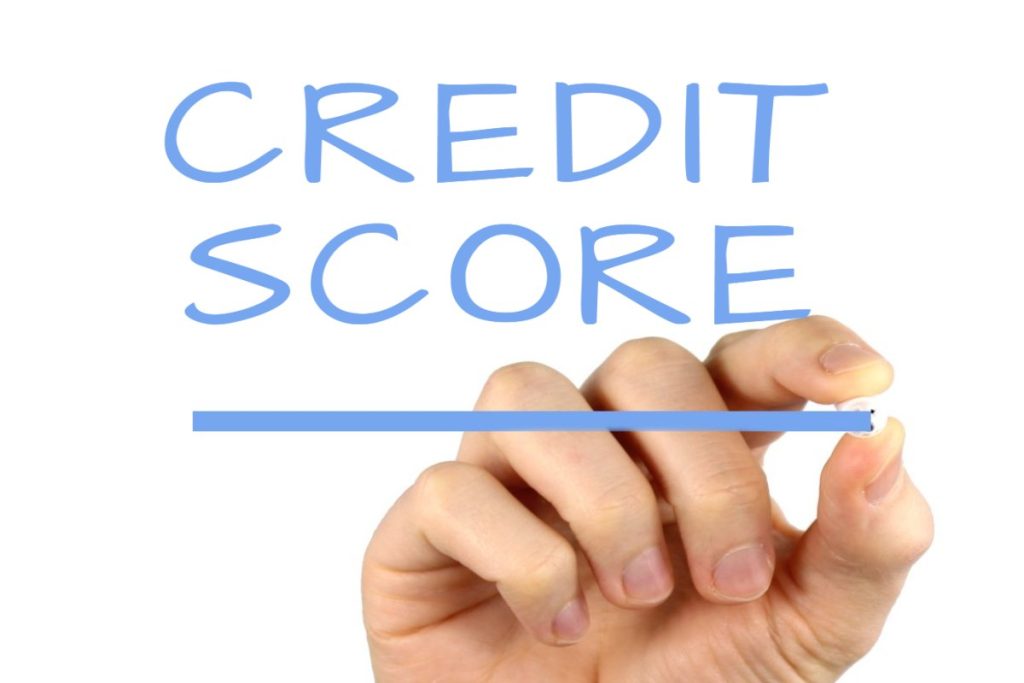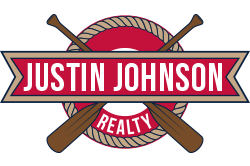A Beginner’s Guide to
Securing Your First Home Loan
Understanding Home Loans
A mortgage is more than just a loan; it’s a key that unlocks the door to homeownership. It’s a legal agreement by which a bank or lender lends money at interest in exchange for taking title of the borrower’s property, with the condition that the conveyance of title becomes void upon the payment of the debt.
When it comes to home loans, one size does not fit all. Here’s a brief overview of the different types of mortgages available:
Conventional Loans
Ideal for borrowers with strong credit, a stable income, and the ability to make a down payment of at least 3%.
FHA Loans
Backed by the Federal Housing Administration, these loans are great for first-time buyers with lower credit scores and minimal down payments.
VA Loans
Exclusively for veterans and active military members, offering competitive terms like no down payment and no PMI.
USDA Loans
Designed for rural homebuyers, these loans provide 100% financing with reduced mortgage insurance costs.
Each type of loan caters to different financial situations when buying a home for sale in Adamsville buying needs. Understanding your options is the first step towards making an empowered decision in your home-buying journey.
Preparing to Apply for a Mortgage

Credit Score Requirements
Your credit score is a numerical representation of your creditworthiness and plays a pivotal role in the home loan process. It not only affects your ability to qualify for a mortgage but also the terms and interest rates offered. Higher scores typically result in more favorable loan conditions.

Income and Employment Verification
Lenders will require proof of stable income and employment to ensure you have the means to fulfill your mortgage obligations. Be prepared to present recent pay stubs, tax returns, and W-2 forms.

Debt-to-Income Ratio (DTI)
DTI is a key metric lenders use to evaluate your financial health. It compares your total monthly debt payments to your gross monthly income. A lower DTI ratio demonstrates a good balance and increases your chances of mortgage approval.

Saving for a Down Payment
The down payment is a crucial component of the home-buying process. Aiming to save 20% of the home’s purchase price can help you avoid PMI and may secure better loan terms. However, various loan programs exist that allow for lower down payments if needed.
The Mortgage Application Process
Step-by-Step Guide
Pre-Approval
- Begin by getting pre-approved for a mortgage to understand how much you can afford.
Loan Shopping
Compare rates and terms from multiple lenders to find the best deal.
Application
Fill out a mortgage application with your chosen lender, providing all necessary documentation.
Loan Processing
The lender will verify your information and assess the property’s value.
Underwriting
Your financial details are evaluated to determine loan approval.
Closing
Once approved, you’ll attend a closing meeting to sign the final paperwork and secure your mortgage.
Common Pitfalls to Avoid
- Overlooking Credit Issues: Ensure your credit report is accurate and resolve any discrepancies before applying.
- Insufficient Documentation: Gather all required documents beforehand to avoid delays.
- Changing Jobs or Making Large Purchases:Stability is key, so avoid making significant financial changes during the application process.
Navigating the mortgage application process can be smooth and stress-free with proper preparation and awareness of potential missteps.
Choosing the Right Mortgage
Fixed vs. Adjustable Rates
Fixed-rate mortgages
offer stability with the same interest rate and monthly payment for the life of the loan, ideal for those planning to stay in their home long-term.
Adjustable-rate mortgages (ARMs)
start with a lower rate that can change over time, suitable for those expecting to move or refinance before rates adjust.
Loan Term Considerations
15-Year Term
Higher monthly payments but less interest paid over time and quicker equity build-up.
30-Year Term
Lower monthly payments, allowing more flexibility in your budget, but more interest paid over the life of the loan.
Lender Comparison Choosing a lender involves more than just finding the lowest interest rate. Consider fees, customer service reputation, and responsiveness. Research and compare lenders, read reviews, and ask for recommendations to ensure you find a trustworthy partner for your mortgage journey.
Closing on Your Loan
Fixed vs. Adjustable Rates
Understanding Closing Costs Closing costs are the fees associated with finalizing your mortgage and typically range from 2% to 5% of the loan amount. These can include appraisal fees, title insurance, and attorney fees. To potentially reduce these costs, you can shop around for certain services or negotiate with the seller to pay a portion of them.
Final Steps Before Closing As you approach closing day, your lender will perform a final credit check and verify your employment status. Ensure your financial situation remains stable and avoid making large purchases. On closing day, review all documents carefully before signing.

Schedule a Free Consultation
We’ve explored the essentials of securing your first home loan, from understanding mortgages to choosing the right one for you, and navigating the application process to finally closing on your loan.
Armed with this knowledge, approach the home buying process with confidence. Remember, preparation is key, and with the right information, you’re well on your way to securing a mortgage that fits your financial future.
